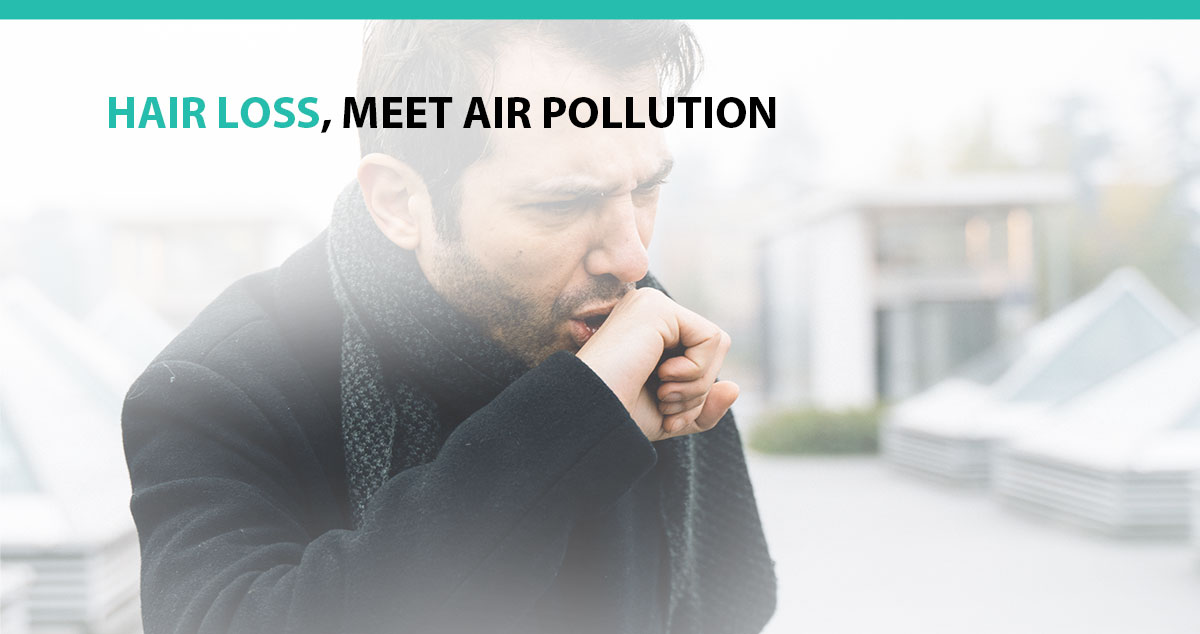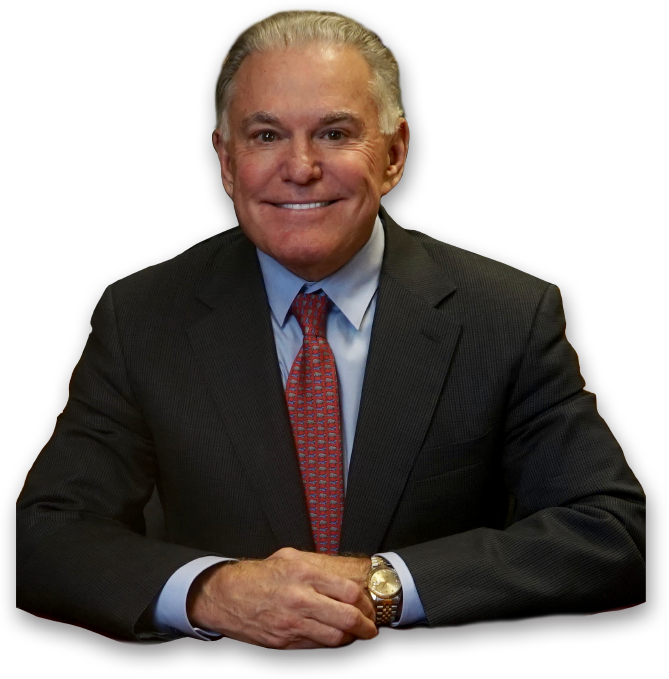
The American Lung Association makes an annual “State of the Air” report. This year’s report found that over 119 million Americans live in places with unhealthy pollution levels. That translates to over 35% of the population. And what’s more, these numbers come after decades of cleanup efforts. And this is an improvement over the 2022 numbers.
Many studies point to “Sensitive Scalp Syndrome” affecting new residents of larger cities, who have noticed rather quick changes in their scalp and pain in their hair roots. Cities are often found to contain arsenic, lead, dust, smoke, ammonia and polycyclic aromatic hydrocarbons (PAH) in particle sizes smaller than 2.5 micrometers, which are the easiest to make their way into the lungs causing the greatest health risks.
When we hear the word “ozone,” we think of the ozone layer, which is one of Earth’s atmospheric shields protecting us from too much of the sun’s radiation. Ozone is the chemical reaction occurring when pollutants from many resources enter the atmosphere. Think cars and trucks, fossil fuels, factories, and other forms of combustion. This is the ozone wreaking havoc on the air we breathe.
Quality of (H)air
While genetics and other factors far outweigh air pollution as major contributors of hair loss, the quality of air can affect the quality of hair, including outright loss. It can also lead to poor scalp health, severe dandruff, inflammation, excessive sweat, dryness and breakage, to name a few.
While hair is the main focus here at Advanced Medical Hair Institute, we never want to overlook larger cultural impacts affecting more than just hair. Air pollution also leads to serious health threats when exposed, and can come from many sources like lead and mercury particulates.
The dermis, or skin, is the largest organ of the body and thus most susceptible to the dangers of external pollutants and oxidative stress. And the skin is covered with… hair, which is also affected. And to dig deeper, it’s the protein levels responsible for human hair growth and retention that are decreased – Cyclin D1, Cyclin E, CDK2 and beta-catenin.
The 2023 report is not the first to examine the possible link between air pollution and hair damage/loss. A study by Industrial Toxicology Research Centre in India was published in 1994 and breakthroughs are continuing to be discovered every year, including promising work by Hyuk Chul Kwon from the Future Science Research Centre in South Korea. His team’s research involves exposure volume and the correlating damage level, instead of just re-determining pollution is bad for the hair.
The Sky Is Falling
There are ongoing efforts by politicians and citizens alike to slow down the rate of pollution in our air. Until more progress can be made into stopping the threat altogether, there are a few things we can do to protect our hair from contamination. Consider implementing the following measures:
- Cover your hair: When going outside in areas with high pollution levels, wear a hat, scarf, or use a headband to cover your hair. This barrier can help prevent pollutants from settling on your hair strands.
- Use protective hairstyles: Certain hairstyles, like buns or braids, can reduce the hair’s exposure to pollutants and minimize tangling and damage.
- Limit outdoor exposure on high pollution days: Stay indoors or reduce your time outdoors on days when air pollution levels are particularly high. Air quality numbers can usually be found on local news channels and weather apps.
- Wash hair regularly: Washing your hair regularly helps remove pollutants and accumulated particles. Use a mild, sulfate-free shampoo to avoid stripping natural oils excessively.
- Use a clarifying shampoo: Incorporate a clarifying shampoo into your hair care routine once or twice a month to deeply cleanse the hair and scalp, eliminating stubborn pollutants and product buildup.
- Condition hair regularly: Using a high-quality conditioner helps to restore moisture and protect the hair from damage. Look for products that provide added protection against environmental stressors.
- Apply leave-in treatments: Leave-in conditioners or serums containing antioxidants can form a protective barrier against pollutants and help prevent damage.
- Avoid excessive heat styling: Heat styling tools can further damage hair that is already exposed to pollution. Minimize the use of blow dryers, straighteners, and curling irons, or use them on a low-heat setting.
- Use UV protection: Air pollution is often accompanied by harmful UV rays. Look for hair products that offer UV protection to shield your hair from both pollution and sun damage.
- Keep hair hydrated: Drink plenty of water and maintain a healthy diet to keep your hair well-hydrated and less prone to damage.
- Limit chemical treatments: Hair treatments like perms, relaxers, and dyes can weaken the hair structure, making it more vulnerable to pollution damage. Try to limit these treatments, and if you do use them, ensure you follow proper aftercare to maintain hair health.
- Invest in air purifiers: If you spend a significant amount of time indoors, using air purifiers can help reduce indoor air pollution and subsequently protect your hair and overall health.
By incorporating these practices into your hair care routine, you can minimize the impact of air pollution and help maintain healthy, vibrant hair. If your hair has been affected by air pollution, or if you have any form of hair loss, schedule a consultation with Advanced Medical Hair Institute.










